10 Pasta Water Tricks That Improve Sauce Every Time
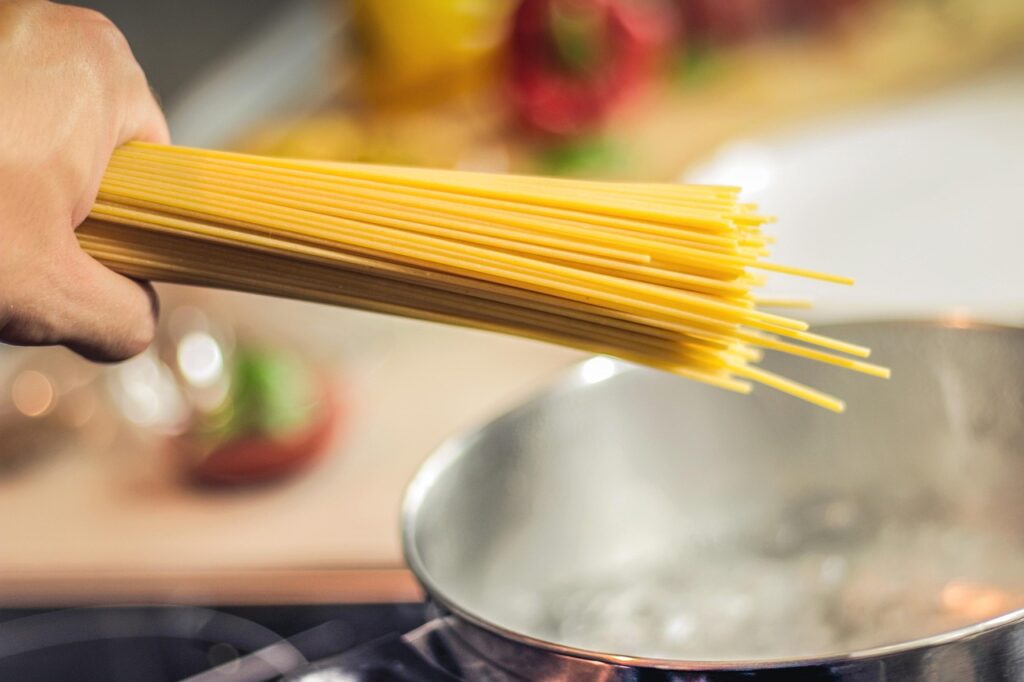
Pasta water is often overlooked, but it’s one of the simplest ways to elevate your cooking. That cloudy, starchy liquid leftover from boiling pasta works as a natural thickener, seasoning booster, and emulsifier. It helps sauces cling to noodles, enhances flavor, and prevents dryness. From rich tomato sauces to creamy carbonara, mastering pasta water techniques can take your dishes from ordinary to restaurant-quality. Here are ten smart tricks that guarantee better pasta every time.
1. Save a Ladle Before Draining
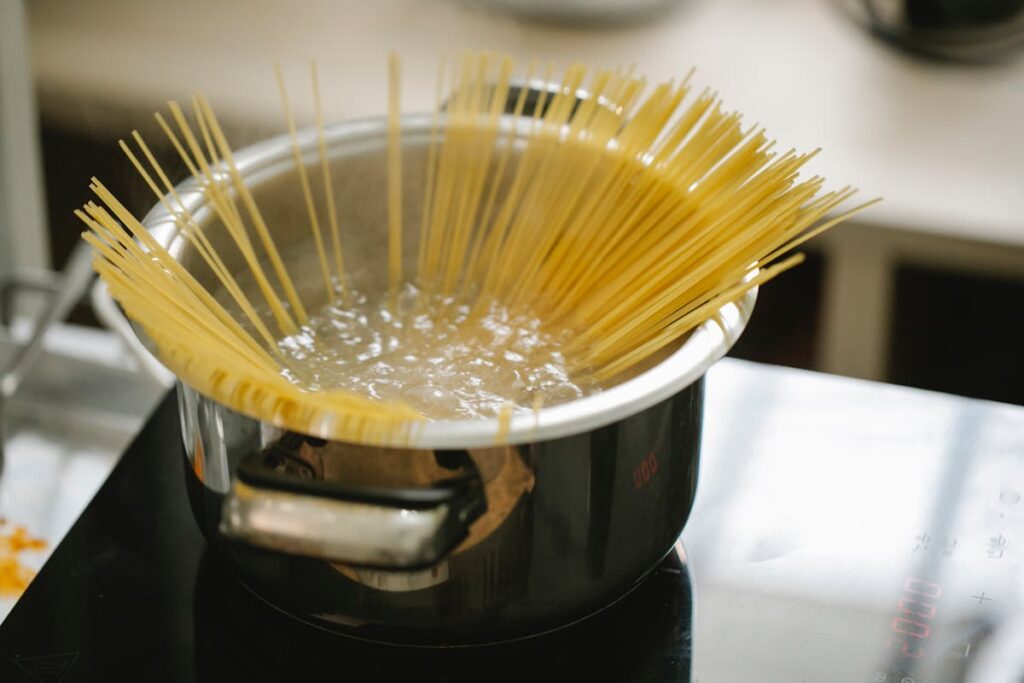
Never pour all your pasta water down the sink. Before draining, scoop out at least a ladleful of that starchy liquid. It’s loaded with natural thickening power that makes sauces stick beautifully to noodles. If your sauce feels too thick, add a splash to loosen it; if it’s too thin, let it simmer with the pasta until glossy. Keeping pasta water handy gives you flexibility and prevents dry pasta or watery sauce, ensuring a silky, balanced finish every time.
2. Finish Cooking Pasta in the Sauce
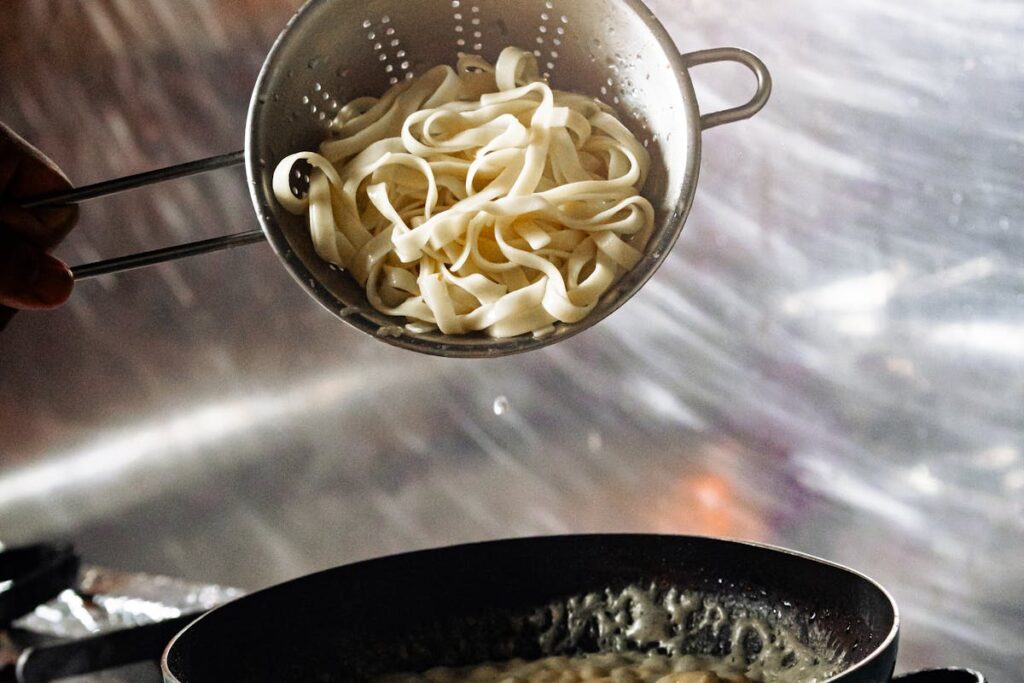
For deeply flavorful pasta, undercook noodles by a minute or two, then transfer them straight into the sauce with a bit of pasta water. As the pasta finishes cooking, it absorbs the sauce’s flavor while releasing starch, which thickens and helps everything cling together. This method avoids bland pasta with sauce just sitting on top. Instead, you get a harmonious dish where every bite tastes seasoned, glossy, and well-integrated, just like the best versions you’d enjoy at a trattoria.
3. Emulsify Oil- or Butter-Based Sauces
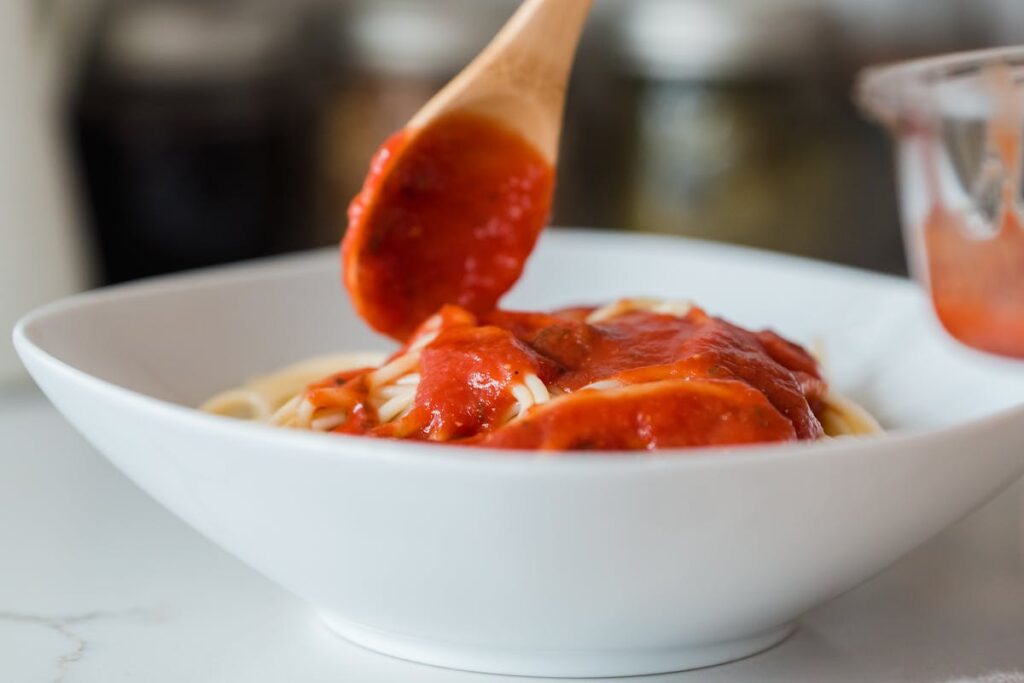
Oil- or butter-based sauces often split into greasy pools unless properly bound. Pasta water stabilizes them with starch, creating a smooth emulsion that clings evenly to noodles. Add splashes gradually while tossing pasta in sauces like aglio e olio, butter-herb, or lemon butter. The starch bonds fat and liquid, giving the sauce a silky texture and glossy finish. This simple trick transforms a heavy, oily dish into something light, cohesive, and restaurant-worthy in minutes.
4. Adjust Sauce Consistency Without Dilution

When sauces turn too thick, plain water weakens flavor. Pasta water solves this by thinning while boosting body and taste. The starch it carries keeps the sauce rich, while its seasoning prevents blandness. Add a little at a time, stirring until the texture is perfect. This avoids watery or overly heavy pasta, giving you better control over consistency. Using pasta water ensures every bite has the right balance of flavor, creaminess, and smooth texture.
5. Rehydrate Overcooked or Dry Pasta
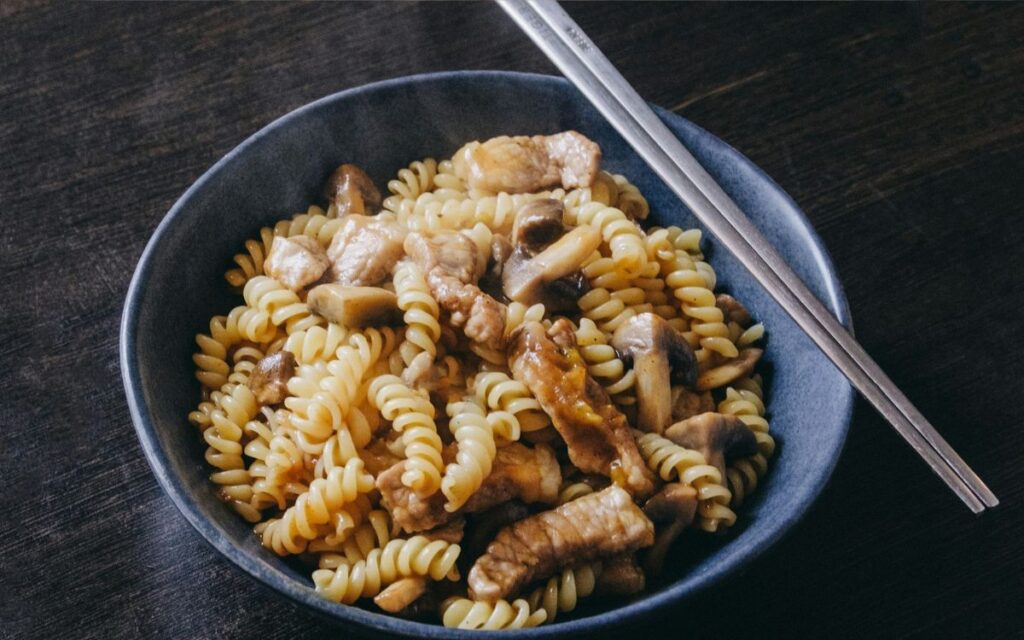
Even slightly overcooked pasta can be rescued. If noodles dry out or stick together, add some reserved pasta water back to the pan. The starch-rich liquid restores softness, separates clumps, and revives the dish without breaking pasta further. Warm it gently so texture improves without overcooking. The starch also helps sauce cling again, making the pasta glossy and flavorful. This trick is especially handy for reheating leftovers, bringing them back to life quickly and easily.
6. Enhance Pesto or Fresh Sauce Clinging
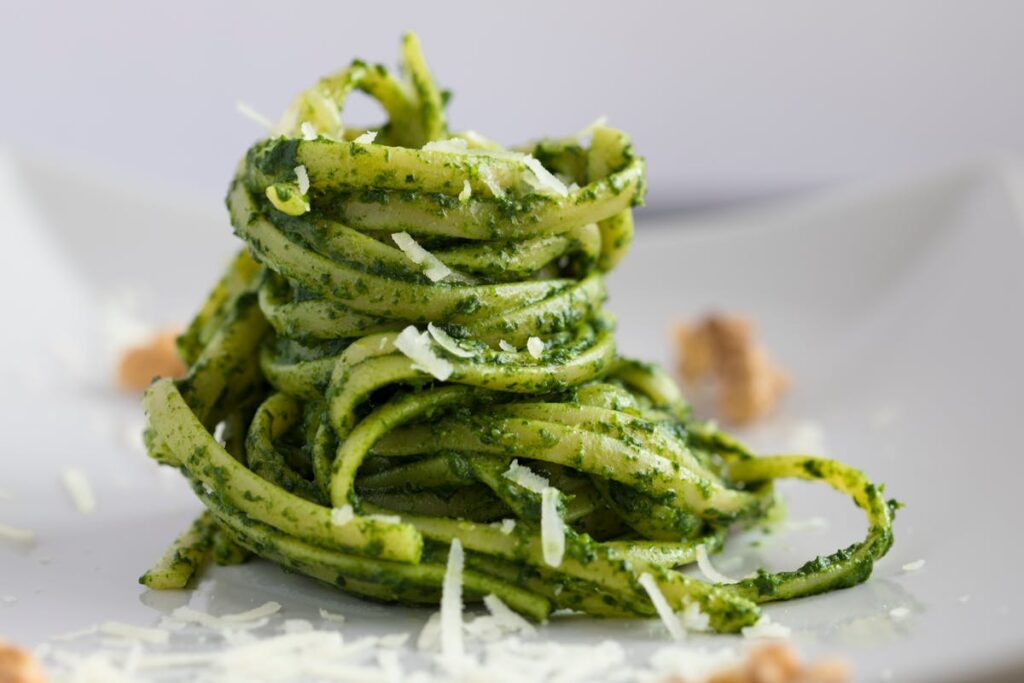
Fresh sauces like pesto or chimichurri often slide off pasta or turn oily. A spoonful or two of pasta water binds sauce to noodles while brightening its texture. The starch prevents oil from separating and distributes flavor evenly. It also keeps herbs vibrant, protecting them from wilting or becoming dull. This makes every bite coated, balanced, and full of fresh flavor. The result is pasta that tastes light yet flavorful, with sauce that clings beautifully.
7. Use It in Creamy or Cheese-Based Sauces

Cheese sauces like carbonara or Alfredo can turn grainy or split if handled poorly. Pasta water prevents this by binding fats and proteins into a smooth, glossy mixture. Add small amounts gradually, stirring off the heat so the cheese melts gently and evenly. The starch stabilizes the sauce while balancing richness, ensuring pasta is coated in velvety creaminess. This keeps texture luxurious without becoming greasy or clumpy, turning simple ingredients into a refined, satisfying dish every time.
8. Restore Sauce That’s Too Salty
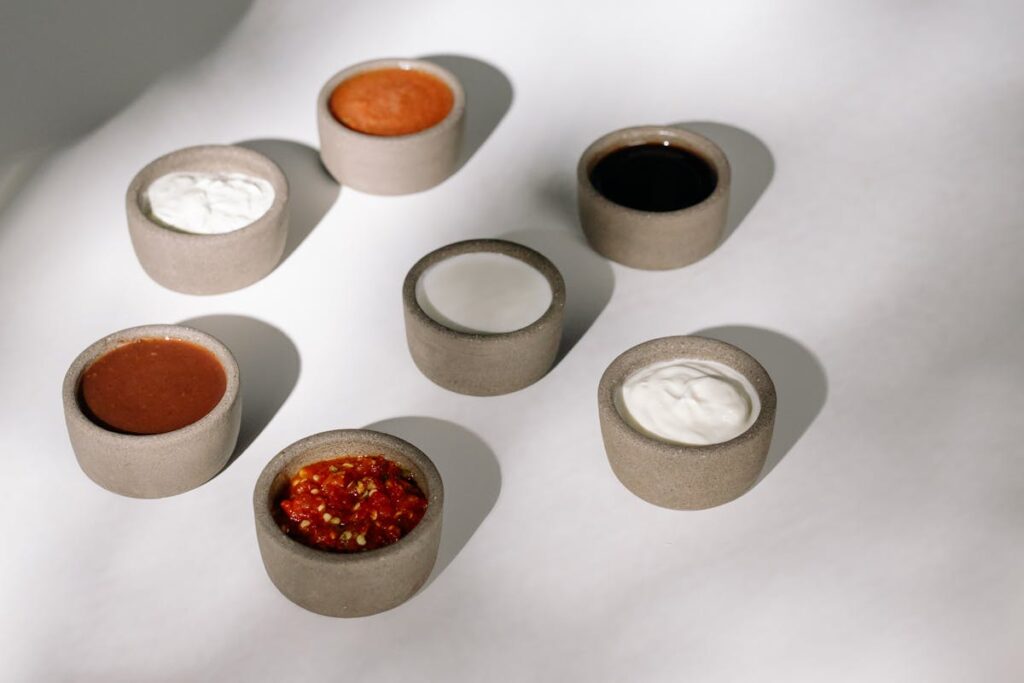
A sauce that’s overly salty can be served with pasta water. Because it carries starch and only a mild level of salt, it dilutes intensity while preserving the body. Add small amounts, tasting as you go, until the seasoning balances. The starch also thickens the sauce slightly, preventing it from becoming watery. Pairing this with a touch of acidity like lemon or vinegar, can restore harmony. Instead of tossing out a salty dish, pasta water gives you a graceful rescue.
9. Use It to Deglaze the Pan
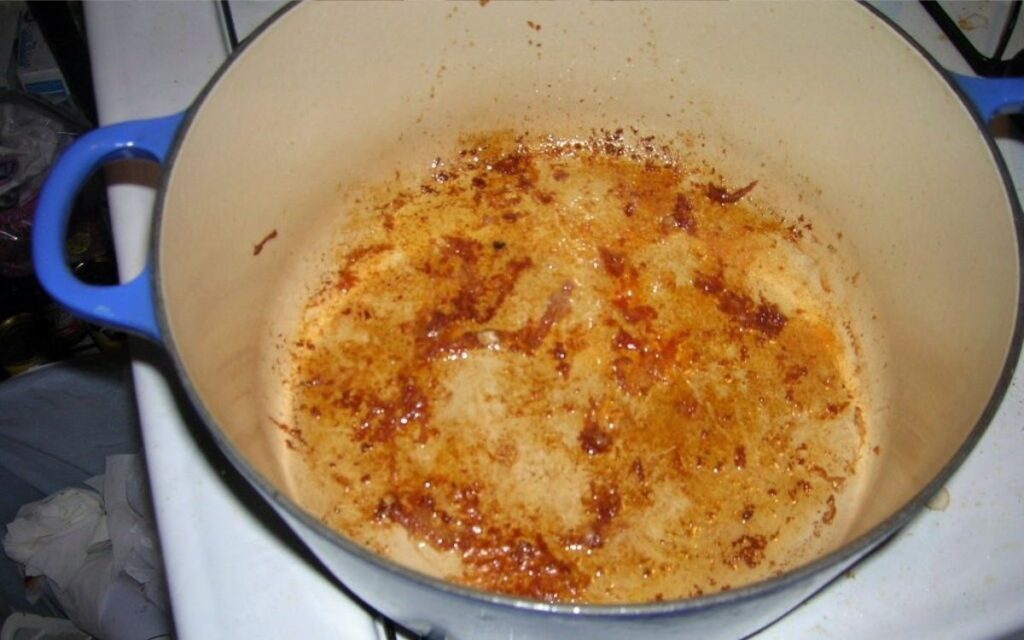
When sautéing meat, vegetables, or aromatics, flavorful browned bits stick to the pan. Pasta water makes an excellent deglazing liquid, loosening those caramelized pieces and incorporating them into the sauce. Its starch adds body while lifting fond, creating a rich base without the need for wine or stock. This deepens flavor and ensures nothing goes to waste. It’s a simple, resourceful way to build layers of taste while keeping sauces silky and cohesive every time.
10. Save & Freeze for Later Use

Leftover pasta water doesn’t need to go down the drain, store it for future meals. Once cooled, strain and keep in airtight containers or freeze in ice cube trays. These cubes can be dropped into sauces, soups, or stews to add instant body and flavor. Since pasta water already contains salt and starch, it saves effort while improving texture. Label and use within a few months, and you’ll always have this kitchen secret ready to elevate your cooking.





